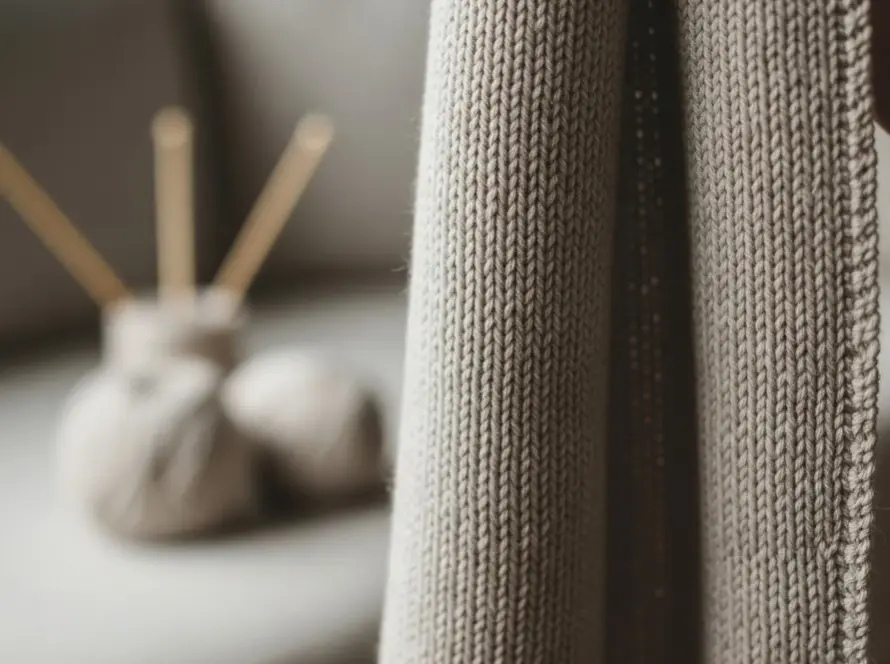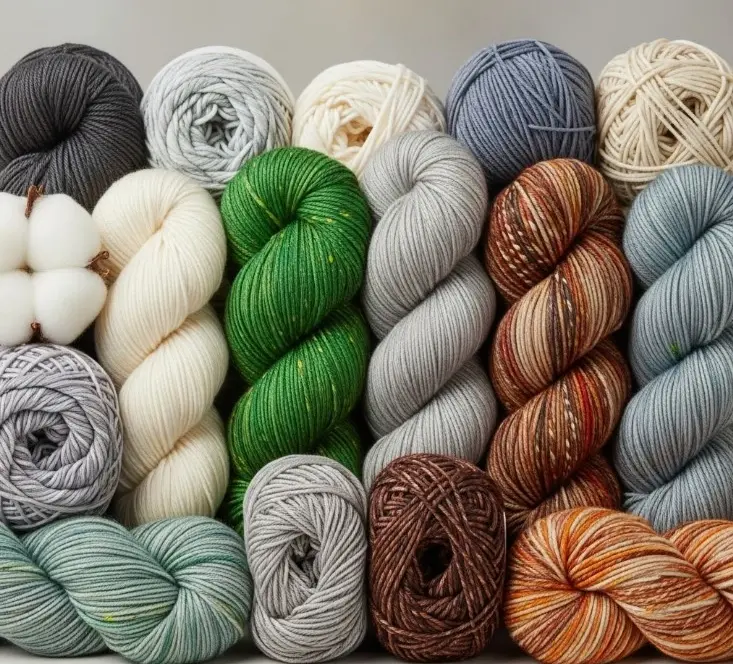Although both the Knitting as well as Crocheting wool or other yarns are used, there are subtle but important differences between Häkelwolle vs knitting wool. The choice of the right material can affect the outcome of your project. This article highlights the main distinguishing features and which gives you an Overview of Yarn Types Difference which technique is best suited, and what to look for in the selection of Wool for techniques should pay attention to.
The fundamental differences in the processing of
The most obvious difference lies in the way the mesh and connected to each other are formed:
- Knitting: When Knitting is used in two needles, to create connected loops (meshes). A number of the active mesh is at the same time on one of the needles. New meshes are formed by yarn is pulled through the existing mesh.
- Crochet: The Crochet just a crochet hook is used with a hook at the end to generate a single mesh and to connect them directly to each other. There is always only one active loop on the needle.
This difference in technology leads to different structures and properties of the finished fabrics.
The structure and strength of the material
The type of mesh formation affects the structure and strength of the final product:
- Knitted Material: Knitted fabrics are often more elastic and flexible than crocheted fabrics. The meshes are entangled with each other, which allows for a certain amount of elasticity. Depending on the pattern knitwear can be very airy, or relatively close.
- Crochet Material: Crocheted materials tend to be tighter and less stretchy. The node structure, which is formed by Pulling loops through other loops, the Material often dense and stable. Certain patterns, however, can also crochet very airy (e.g. Fillet).
Yarn thickness and type: there Are special "Häkelwolle" or "knitting wool"?
Basically, there are no rigid distinction between the yarns, which are only suitable for Knit or Crochet. Most of the yarns can be used for both techniques. However, certain types of Yarn can be due to their properties for the one or the other technology is more advantageous:
- Yarn for clear mesh definition: For complicated knitting pattern, in which the individual stitches to good effect (e.g., cable pattern, Lacemuster), are yarns with a good mesh definition. These are often of wool yarn, Merino, cotton or mixed fibres with a tighter Twist.
- Yarn for density, textured crochet: For Amigurumis, solid bags or sturdy Cover is often thicker yarn or yarn with a tighter grip, as they result in a denser and more stable structure. Cotton and thicker acrylic yarns are popular here.
- Yarn for flowing Häkelkleidung: For light, fall clothing pieces such as the summer dresses or towels softer yarns can be suitable with a nice case (e.g., bamboo, silk, Modal) well. Also fine Merino wool or lightweight cotton blends can be used here.
Ultimately, the choice of the yarn depends heavily on the desired outcome of the project.
Recommendations for the choice of wool for different techniques
Here are some General guidelines, if you Wool for techniques select:
- For Beginners: Both for Knitting as well as Crochet uncomplicated yarns of medium thickness (DK or Worsted) cotton or acrylic are well suited. They are easy to process, and the stitches are visible.
- For detailed knitting pattern: Select yarns with good mesh definition, often made from Merino wool or solid twisted mixed fibers.
- For festivals crochet (for example, Amigurumi): Cotton yarn or acrylic yarns are a great choice.
- For soft, flowing projects: Make sure that yarns with a beautiful case, for example, made of bamboo, silk, Modal, or fine Merino wool.
- For robust, durable projects: Choose cotton yarn, linen and robust synthetic fibers.
Conclusion: The right wool for the best result
Even if there is no strict separation between Häkelwolle vs knitting wool there, influence the properties of the yarn, the end result of your manual labor projects significantly. By the Yarn Types Difference understand, and your choice according to the desired technique and the goal of the project meetings, laying the Foundation for a successful work. Experiment with different materials and you will find your personal favorites for each technique!



